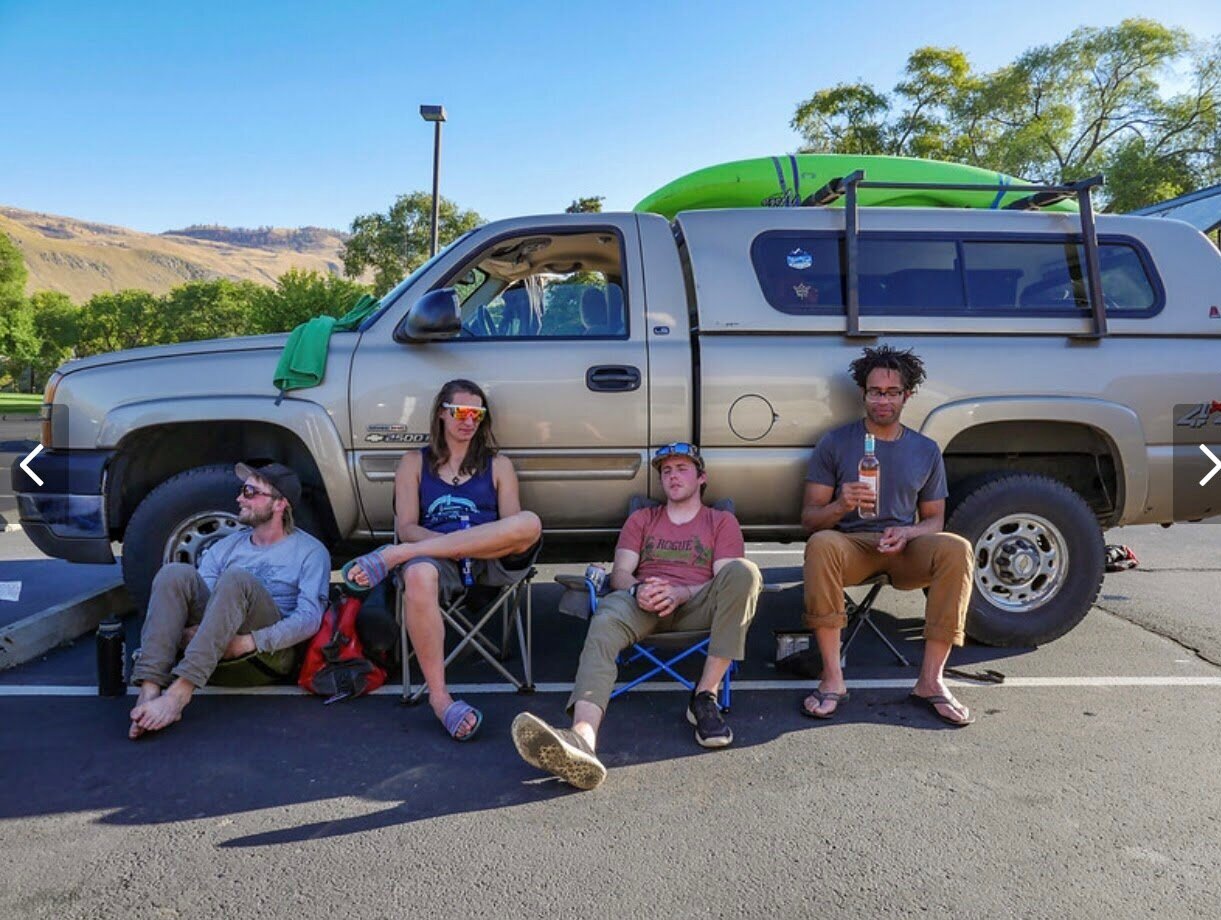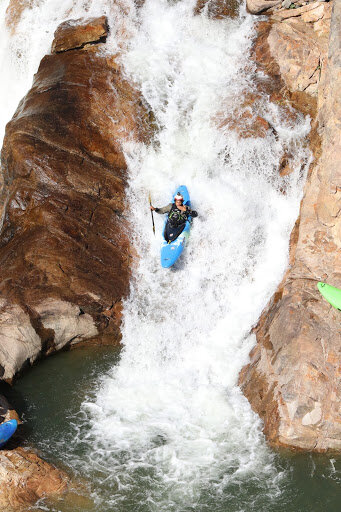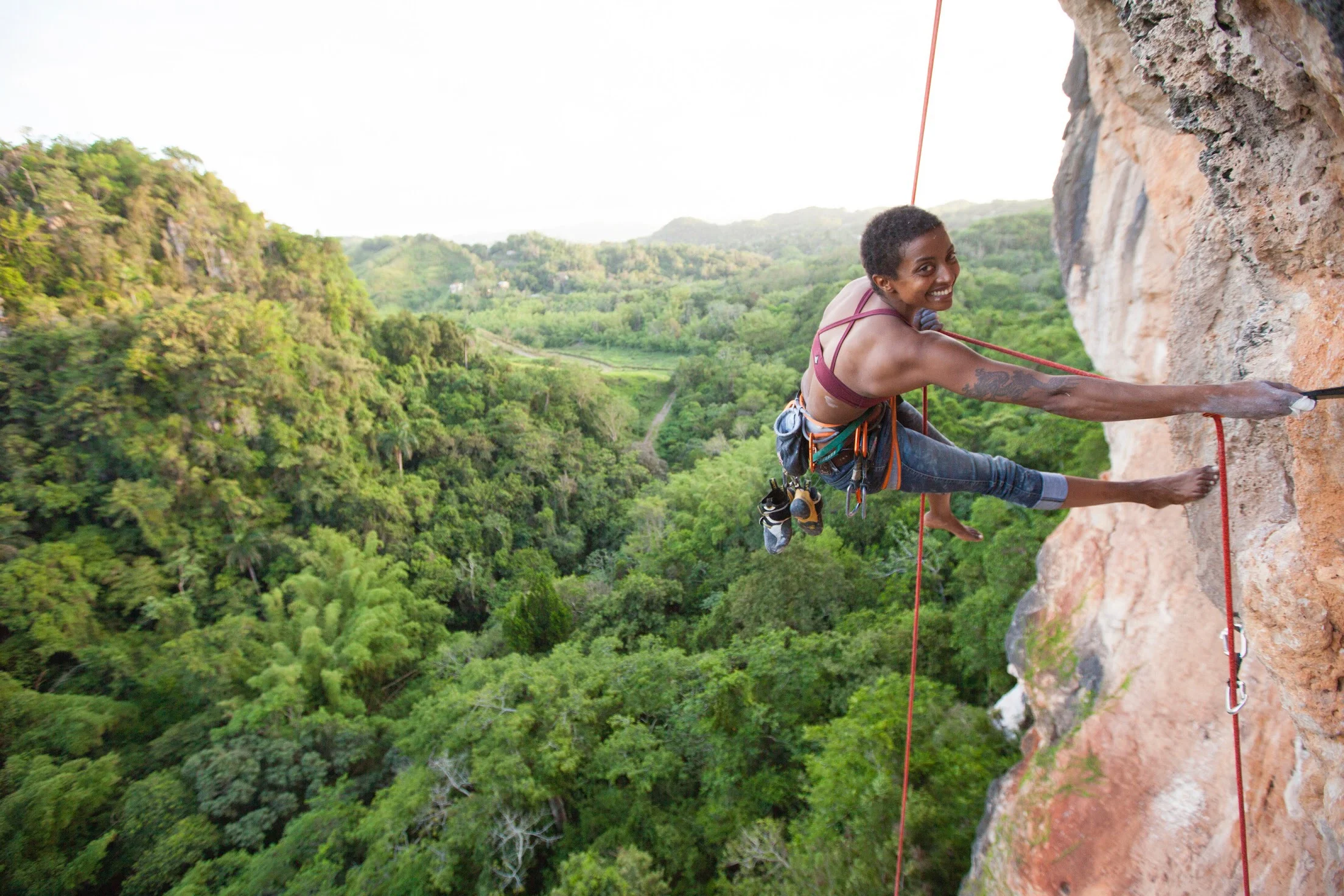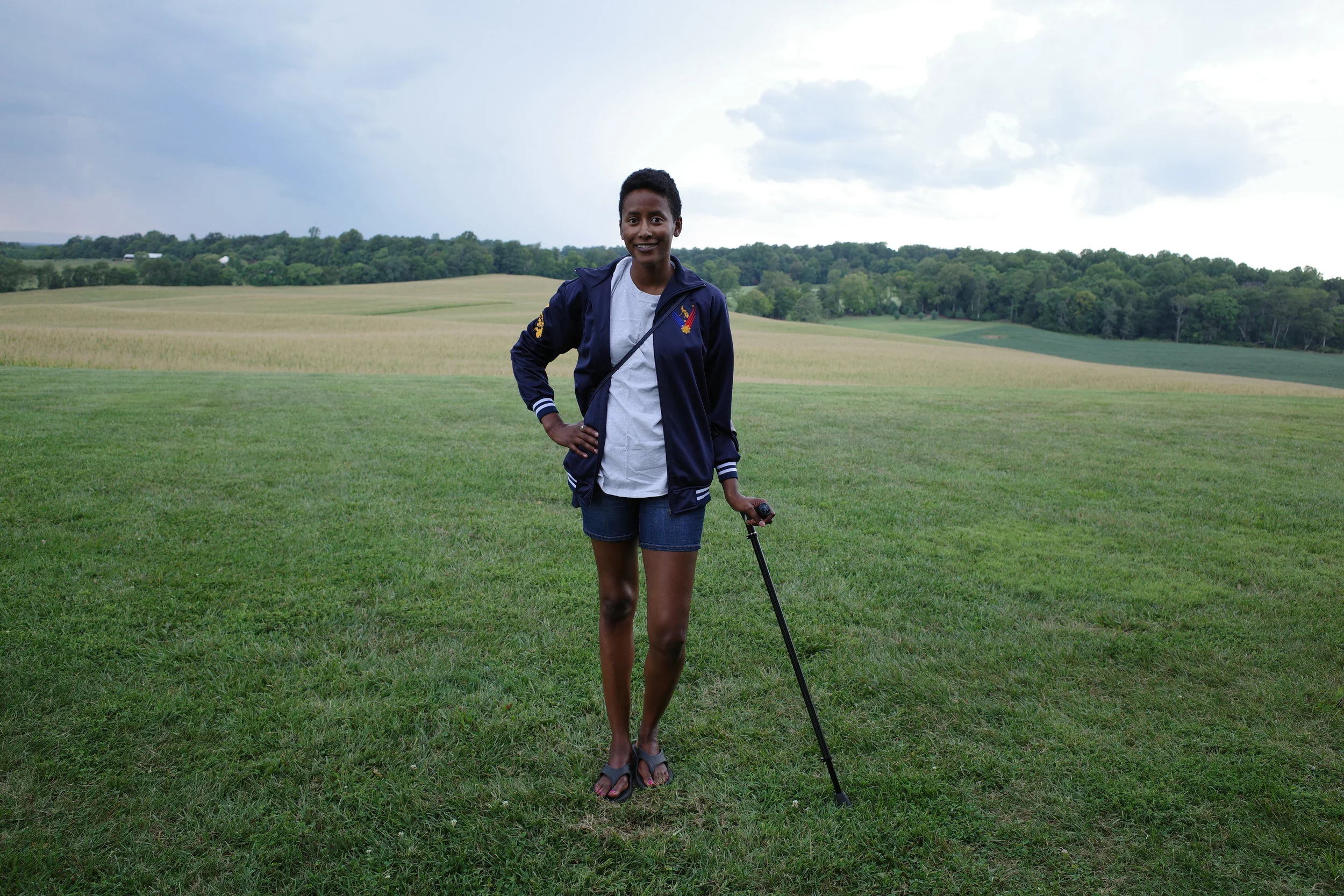A Dam Release Helped Me Recover from a Backcountry Injury Part I
*Photos by Priscilla May
Most backcountry sports come with the risk of injury; but, if we’re honest, most of us don’t seriously consider what could go wrong until something bad happens.
Last year, I was closing out a Memorial Day kayaking trip in California with a second lap on the infamous South Branch of the Middle Fork of the Feather River. It's a Class V run with ledge after ledge of highly consequential drops, that leads to a mind-blowing series of waterfalls, before culminating in a 1500 ft. elevation gain hike out of the canyon. Sounds fun, right?
The Maidu are among the original inhabitants of the Middle Fork of the Feather River. I was fortunate to spend a weekend there last year. Photo credit: Scott Woodhouse
We had already completed a lap the day before with high water and good spirits. The day of the accident, we woke up to find that the water was a little lower—but not much, so I decided to forgo elbow pads. That turned out to be my first mistake.
High water on a kayak run acts like extra cushioning, shielding kayakers from blunt force injuries against otherwise unforgiving rocks and ledges. When the water level falls, the underwater topography of the river is more exposed and the risk of injury can increase. That’s why we often wear protective gear like elbow pads or even full face helmets. Kayaking isn’t supposed to be a contact sport, but injuries do happen.
My second mistake was not cleaning, or having a perfect line through, the first drop on the run. The first drop required me to paddle through a rapid, or small boulder field followed by a plunge off an eight foot ledge.
When I sailed off the ledge, my kayak unintentionally clipped a rock at the lip. Down I went—just a few inches farther to the right than I had planned. The minor miscalculation meant that my right elbow slammed against a small rock and I skipped into the eddy on river left.
My arm immediately went numb and I scrambled to stay in the eddy while also trying to assess the injury. I also signaled back to the group indicating that they should run the rapid more towards the center. After everyone else was safely below the drop, we took a moment to assess my arm. I was wearing a dry suit, so there wasn’t much to see. It didn’t appear to be broken, and that was good news. The numbness gradually faded and my arm wasn’t painful, so we continued downstream.
After that initial scare, the day turned out to be one of the most enjoyable days of kayaking that I have ever had. There is something about showing yourself down a run with two good friends that is pretty unique to the sport. It requires complete self sufficiency and also complete confidence in one another. I think it’s one reason why the kayaking community is such a tight-knit group.
Several hours later, we made it back to the car and changed into our street clothes. The adrenaline rush was dissipating and we were less thrilled about the horrendous 12-hour-drive back up the coast that lay ahead of us. If everything went according to plan, we’d get home by 6 a.m. the next morning—just in time to go straight to work. I slid into the driver's seat of my trusty Astro Van Beatrix and we headed north.
“No river, no rock, no gym and no pavement—just tree work. I’ve been a kayaker for 10 years, and an avid outdoorsman for my entire life, so the sensation was definitely strange”
After 30 mins of driving, I noticed that my right sleeve was still wet. I thought that was strange but I figured that it must not have dried completely—not a big deal. Not long after, we did a quick stop to double-check the rigging on the boats before proceeding onto the highway. While my friends spot checked straps and tie downs, I rolled my sleeves up and was greeted by a massive blood blister and a small hole leaking yellowish fluid. I absentmindedly pressed on the blood blister and out popped a fibrous band of tissue through a puncture wound on the inside of my arm. It looked like a small worm.
Here’s something you might not know about me. At various points in my life, I've shadowed trauma doctors and worked as an EMT. As a first responder, I’ve seen and cared for people on the absolute worst days of their lives. So, it might surprise you that I cannot stand the sight of my own blood.
It took a moment to register what had happened. I immediately felt the familiar cold flush and greying around the edges of my vision. I knew I had just moments before I passed out.
I frantically began rummaging through the first aid kit in my glove box; ripping open trauma sponges and saline packs. For reference, flushing a puncture wound with a torn ligament sticking out is about as painful as it sounds. The offending object stuck out about a half inch out of the inside of my right elbow. I flushed the site with wound wash and slapped a trauma sponge on it. Two quick rips of duct tape and it was secure. Cradling my elbow to my chest I lifted the armrest and began to fade into the back seat of the van. “Scott you’re going to have to drive for a while. I fucked myself up bad.” And then it went black.
An hour later, I woke up in the back seat. After I came to, I re-checked the wound. It wasn’t bleeding exactly; instead it was expelling clear fluid—the kind that fills your bursa, the fluid filled sacs that cushion your joints. I would later find out that I had ruptured the bursa and knocked the ligament free of its mooring on my ulna. When I removed the bandage, I was grateful to see that the torn segment of ligament had gone back inside the wound and that, overall, the swelling wasn’t as bad. There was still no real pain.
We were still nine hours away from Portland. It had taken us three hours just to get back to the highway after hiking out of the canyon. At that point, we considered our options. Going to an ER in California was quickly ruled out. After all, I wasn’t in excruciating pain, we all had to work the next day, and out-of-network insurance costs are ridiculous. So, we decided to push on towards home.
Back in Portland and a few imaging studies later, I received a diagnosis of acute bursitis and trauma to the osborne's ligament and ulnar nerve. While striking the rocky ledge had caused the initial trauma, continuing to paddle on the injured arm and then hiking the one mile out of the canyon while carrying my kayak probably didn’t help! I was also diagnosed with a hairline fracture in my right talus—my season was definitely over.
Despite the extent of my injuries, at first I was reluctant to give up paddling. I tried to compromise by paddling runs that I knew well instead. After one lap on the Green Truss, a Class V section of whitewater in the Columbia River Gorge, I knew it was in my best interest to stay off the water. Even with elbow pads, accidentally tapping my elbow against my kayak caused white hot pain to shoot up my arm.
No more kayaking. The realization sank in as invites to join paddling trips and exploratory hikes came and went. After the two injuries, I faced another challenge: employment. I couldn’t work at full capacity which was a big problem when your job is to scale trees for 6-8 hours every day.
Instead of running and paddling several days a week, I focused on not losing my main source of income. I tried to use the glass half full approach. I learned how to use my left arm for more things. ‘Achieve balance in all things’ was a mantra I repeated to myself whenever I grew frustrated with my weak right arm.
From June until September of last year, I sat out. No river, no rock, no gym and no pavement—just tree work. I’ve been a kayaker for 10 years and an avid outdoorsman for my entire life, so the sensation was definitely strange. During that time, low water levels limited kayaking runs here in the Pacific Northwest, so I half convinced myself that I really wasn’t missing much. Still, not being able to run or even work out felt crushing. I wasn’t aware of how deeply I placed my self-worth in what my body could accomplish until it was too late.
Thanks for reading! This is Part One of a two-part series. You can read Part Two here.




















Do you suffer from lower back pain? Try these exercises to stabilize your pelvis and increase your deep ab strength.